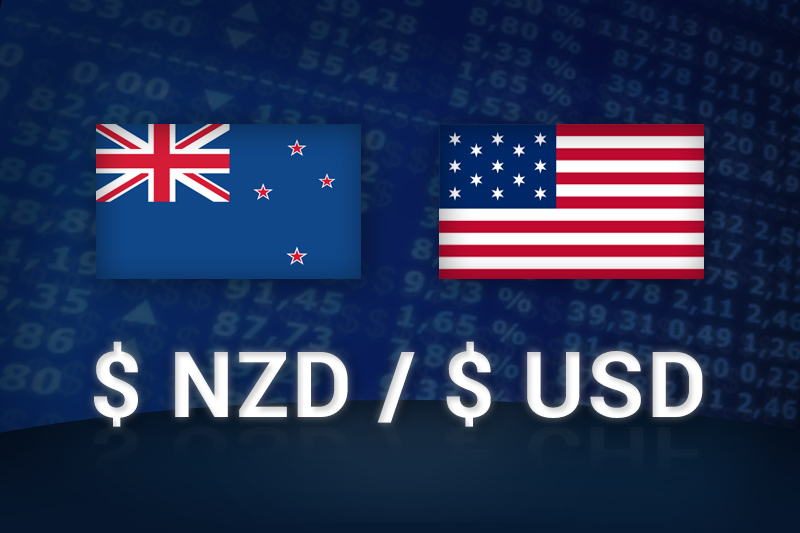Investing.com - The New Zealand dollar was lower against its U.S. counterpart on Tuesday, as investors eyed the Reserve Bank of New Zealand's upcoming policy statement, while disappointing manufacturing data from China sparked fresh global growth concerns.
NZD/USD hit 0.8378 during late Asian trade, the pair's lowest since April 15; the pair subsequently consolidated at 0.8370, declining 0.62%.
The pair was likely to find support at 0.8352, the low of April 1 and resistance at 0.8462, Monday's high.
The preliminary reading of China's HSBC manufacturing purchasing managers’ index came in at 50.5 for April, down from a final reading of 51.6 in March.
The weak data appeared to point to a slower rate of growth in the manufacturing sector of the world’s second largest economy in the second quarter.
China is New Zealand's second biggest export partner.
The kiwi was lower against the Australian dollar with AUD/NZD adding 0.19%, to hit 1.2220.
Also Tuesday, the Conference Board said its leading index for Australia rose 0.3% in February, after a 0.2% increase the previous month.
Later in the day, the U.S. was to release official data on new home sales, while the RBNZ was to announce its benchmark interest rate, accompanied by a statement.
NZD/USD hit 0.8378 during late Asian trade, the pair's lowest since April 15; the pair subsequently consolidated at 0.8370, declining 0.62%.
The pair was likely to find support at 0.8352, the low of April 1 and resistance at 0.8462, Monday's high.
The preliminary reading of China's HSBC manufacturing purchasing managers’ index came in at 50.5 for April, down from a final reading of 51.6 in March.
The weak data appeared to point to a slower rate of growth in the manufacturing sector of the world’s second largest economy in the second quarter.
China is New Zealand's second biggest export partner.
The kiwi was lower against the Australian dollar with AUD/NZD adding 0.19%, to hit 1.2220.
Also Tuesday, the Conference Board said its leading index for Australia rose 0.3% in February, after a 0.2% increase the previous month.
Later in the day, the U.S. was to release official data on new home sales, while the RBNZ was to announce its benchmark interest rate, accompanied by a statement.
